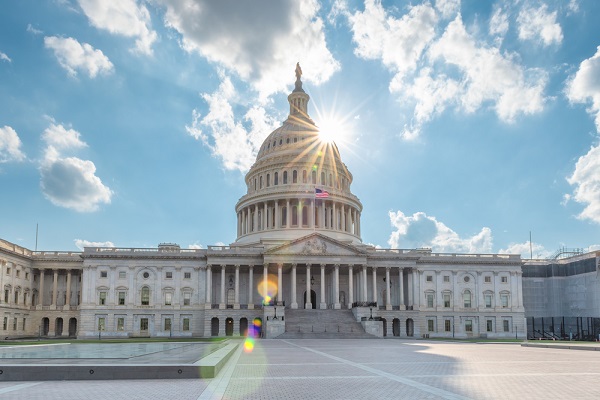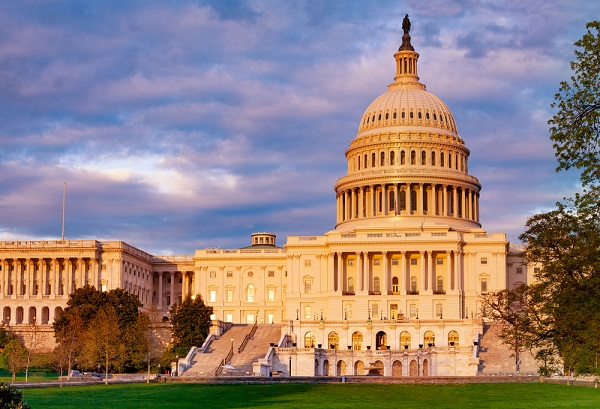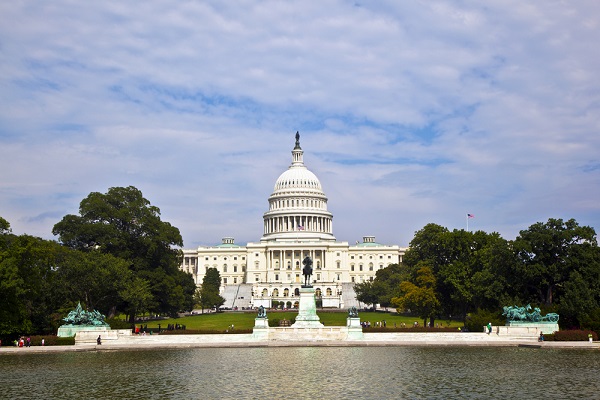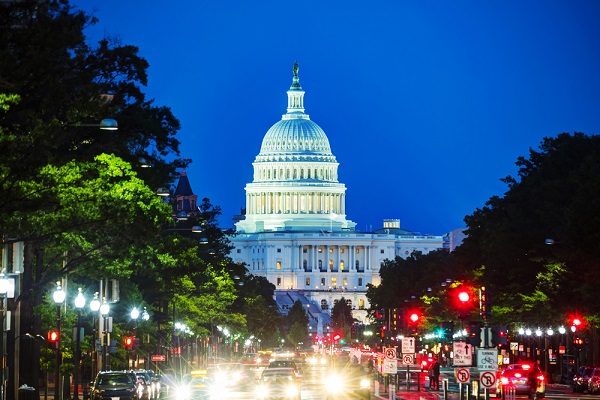NFIP Reform Legislation Introduced in the Senate
The three bills introduced today aim at reforming the National Flood Insurance Program (NFIP) with the intention of growing the private market.

The three bills introduced today aim at reforming the National Flood Insurance Program (NFIP) with the intention of growing the private market.

Training webinars for Risk Rating 2.0, FEMA’s new pricing methodology for the National Flood Insurance Program (NFIP), are free for agents.

If passed, the legislation would reauthorize the National Flood Insurance Program (NFIP) through Dec. 3.

All new policies effective on or after Oct. 1 must be issued under Risk Rating 2.0, FEMA’s new pricing methodology for the National Flood Insurance Program (NFIP).

With Risk Rating 2.0 currently scheduled to be implemented Oct. 1, disagreements in Congress could lead to a government shutdown and a lapse in the National Flood Insurance Program (NFIP).

The National Flood Insurance Program (NFIP) is currently scheduled to expire on Sept. 30.

Congress returns this month to deal with a number of issues, including legislation that could see tax increases impacting Big “I” members, as well as reauthorizing critical programs such as the National Flood Insurance Program (NFIP).

With FEMA’s new pricing methodology for the National Flood Insurance Program (NFIP) to be implemented Oct. 1, use these new resources to prepare for the change.

The guide gives agents easy access to Risk Rating 2.0 information when completing a National Flood Insurance Program (NFIP) application.

The notice to Write-Your-Own insurance companies stated the anticipated quoting and policy issuance for Phase 1 of Risk Rating 2.0 policies will be available starting on Aug. 16.
